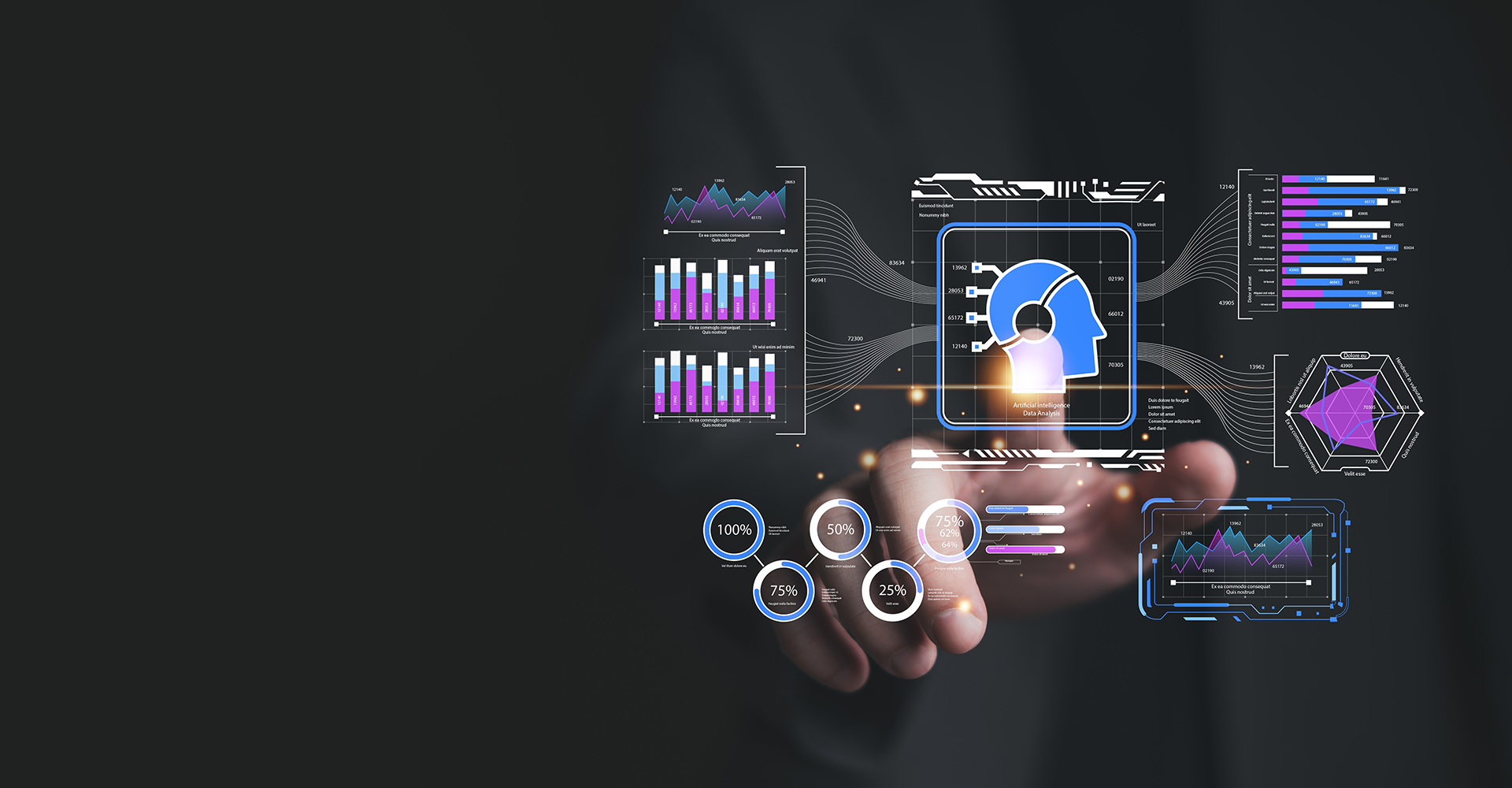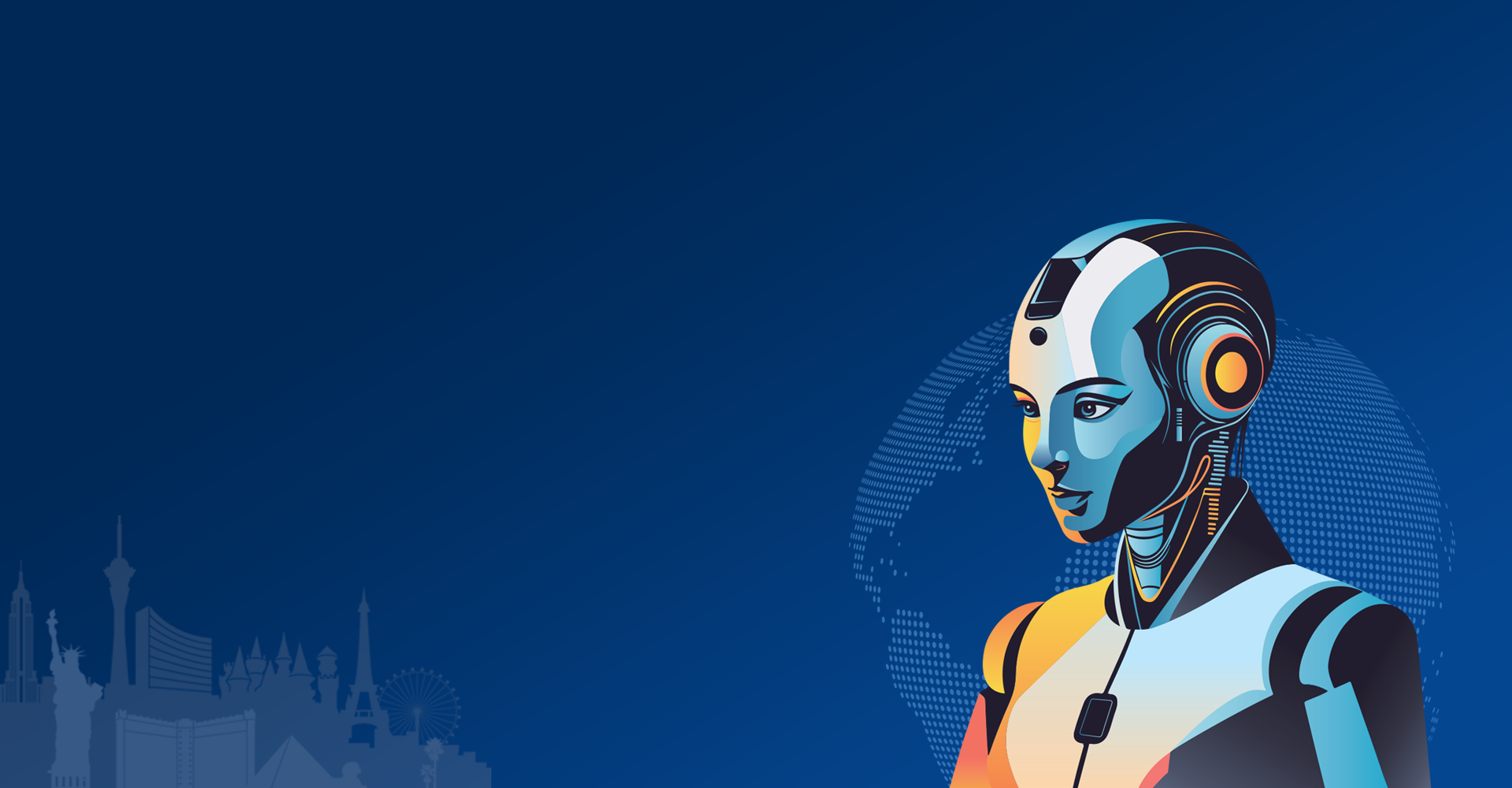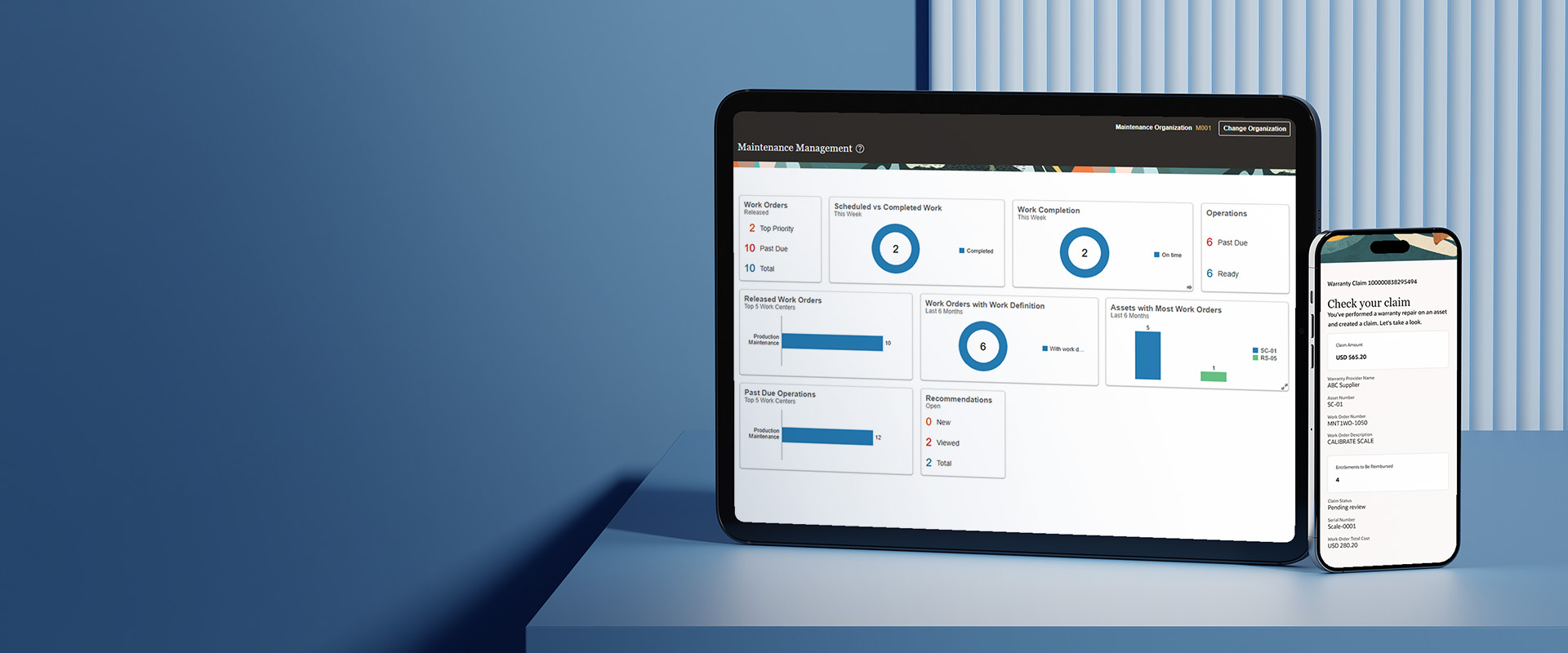The evolving role of Artificial Intelligence (AI) in shaping how new products are imagined, designed, and built has become increasingly fascinating. Observing the tech industry closely and working on product development teams has shown firsthand how traditional engineering processes are being supercharged by AI-driven tools and methodologies.
Looking ahead, the industry is entering an era where AI is not just an added feature but the foundation upon which future products—and the ways they are created—will be built. Organizations investing in product engineering services are already experiencing the shift.
From Traditional Engineering to AI-Driven Insights
Traditionally, product engineering involved a series of well-defined steps: identifying a need, conceptualizing a solution, building prototypes, testing extensively, refining, and eventually scaling up for production. Each stage required human expertise, careful planning, and often a degree of guesswork. AI, however, is fundamentally transforming this landscape, accelerating digital product engineering services.
AI in Identifying Market Needs
Rather than relying solely on human intuition and experience to identify market gaps, teams now leverage advanced analytics to interpret vast amounts of data. Algorithms can spot patterns and latent needs that might otherwise go unnoticed, allowing companies to make more informed decisions much earlier in the product lifecycle.
For example, when a design team aims to create a new wearable device for health and wellness, traditional approaches involve focus groups, surveys, and competitor studies. While these methods remain valuable, AI-powered tools can now analyze consumer behavior logs, social media trends, and wearable usage statistics to highlight the features users value most. Data might reveal a demand for a subtle, non-intrusive device with highly accurate sleep tracking. AI enables teams to focus on what truly matters even before prototyping begins, demonstrating the power of digital transformation services and solutions.
Accelerating Design and Prototyping with AI
Once a product idea is on the table, AI transforms the design process with generative algorithms and simulation-based engineering. Engineers can now rely on AI-powered design assistants to propose product shapes, internal layouts, or entirely novel approaches to technical challenges.
Generative Design in Action
These algorithms can present multiple design options in minutes, a task that might take human teams weeks of brainstorming. For instance, AI might propose three different ways to optimize the placement of internal components in a compact device. Engineers don’t disappear from the equation; instead, they evaluate AI-generated concepts, add human insight, and align designs with the brand’s vision and ethical standards. This collaboration between AI and human creativity accelerates innovation without sacrificing quality.
Testing and Quality Assurance in the AI Era
AI also revolutionizes testing and quality assurance. Instead of manually running every possible test or relying on predefined rules, AI-driven tools can predict likely points of failure and simulate thousands of scenarios in seconds.
For example, consider an automotive engineer testing a new car’s braking system. Traditional methods might involve physical prototypes subjected to repeated tests. In contrast, machine learning models can simulate how the system performs under various conditions—extreme weather, uneven terrain, or sudden stops—providing more comprehensive results in a fraction of the time. This not only speeds up testing but also enhances safety and performance, strengthening the impact of digital transformation professional services.
The Continuous Product Lifecycle
AI is reshaping product engineering into a more continuous and agile process. With AI systems constantly monitoring user feedback, performance data, and market trends, teams can make real-time adjustments even after a product launches.
Imagine a smart appliance that learns from user behavior and adjusts its operating parameters to be more energy-efficient or responsive to your schedule. Engineers can push updates based on AI-generated insights without waiting for a new version release. This blurring of the line between product deployment and improvement fundamentally changes how we approach engineering across a product’s lifecycle.
Future Trends: AI and the Next Generation of Product Engineering
Several trends are poised to shape the next wave of AI-driven innovation in product engineering:
- Generative AI for Customization: AI will enable hyper-personalized products, tailoring designs and features to individual user preferences at scale.
- Collaborative AI Platforms: Teams will use AI-powered tools that seamlessly integrate with collaborative workflows, allowing engineers, designers, and marketers to work together in real time.
- Sustainability-Driven AI: AI will play a key role in optimizing resource use, reducing waste, and designing products based on circular economy principles.
- Edge AI Integration: Products will incorporate edge AI capabilities, enabling real-time data processing directly on devices rather than relying solely on cloud systems.
- AI-Augmented Human Creativity: Rather than replacing creativity, AI will act as an amplifier, sparking innovative solutions and unlocking ideas that might not have surfaced otherwise.
- AI for Real-Time Personalized Features: Front-end frameworks are changing to accommodate dynamic, real-time rendering driven by user models. Apps are starting to change based on context—location, time, device, usage pattern—and on-device learning and federated AI, wherein models adjust to users locally without data centralization, will help enable them.
- Smarter AI-driven Maintenance: AI allows engineering teams to give less attention to firefighting and more to creativity, from predictive monitoring to self-healing systems and innovative CI/CD pipelines. The result? Accelerated growth, more reliable systems, and considerable operational cost reductions. Welcoming artificial intelligence into your engineering process is not only wise but also vital for remaining competitive as it develops.
Balancing AI Innovation with Human Judgment
While these advancements are exciting, they underscore the continued importance of human judgment and ethics in product development. AI is a powerful ally, but it cannot replace the values, cultural context, and moral considerations that guide responsible innovation.
For instance, a facial recognition tool might be highly accurate but could inadvertently discriminate or misuse user data without proper oversight. Integrating robust ethical standards and regulatory frameworks will be essential to ensure AI enhances our engineering efforts responsibly.
The Future of Product Engineering
In the coming years, AI-driven design platforms, automated simulation tools, and predictive analytics will become integral to product development. The boundaries between concept, design, testing, manufacturing, and iteration will continue to blur. Engineers will act as orchestrators, combining human creativity and empathy with AI’s capacity to generate, simulate, and optimize solutions at scale.
The result will be products that are more user-centric, reliable, sustainable, and adaptive to a changing world. Watching AI evolve from a novelty to a central pillar of product development has been both inspiring and challenging. As these technologies mature, AI-driven innovation will become second nature, and the industry will wonder how products were ever created without it.
The future is coming fast, and it is set to reshape industries across the board. How do you see AI shaping your industry













